The Role of Longeing with Side Reins
A simply brilliant article by Paul Belasik
Any trainer who takes up this art of longeing must realize that the equipment and technique they use, have gone unchanged for five hundred years. Probably every great dressage trainer over that time – Pluvinel, La Broue, Guèriniere, the Duke of Newcastle, and so on – has stood exactly as you or I stand. They have handled the same equipment. One cannot stand there without realizing the part you play in a great tradition. Imagine longeing in this company and it should place you in a proper state of humility. When you, as trainer, pick up the equipment and address the noble horse, treat the process with due importance and have respect for the tradition you are now a part of, remembering what people endured to bring it to you and me. Disrespect to any part of the process demeans its power – and ultimately your own as a trainer.
In the plague of disinformation that has engulfed our culture, there seems to be a whole new generation of rider-trainers who have some serious misunderstandings about the significant role longeing with side reins plays in the training of the dressage horse.

An early example of longeing the horse in side reins in an uphill frame. Engraving by J.E. Ridinger
One of the best and most consistent examples of classical longeing can be seen in the 400+ year old history of the Spanish Riding School. It can be seen in the breaking in of the three year olds, and with almost identical equipment in the highest levels of training, such as airs above the ground.
 “Now life begins in earnest for the young stallions: the first work on the lunge” (Alois Podhajsky, Die Spanisch Hofreitschule: 1948. Photo Bruno Kerschner).
“Now life begins in earnest for the young stallions: the first work on the lunge” (Alois Podhajsky, Die Spanisch Hofreitschule: 1948. Photo Bruno Kerschner).

“After a few weeks of work on the lunge, the young stallion has found his balance again and increased his dexterity” (Alois Podhajsky, Die Spanisch Hofreitschule: 1948. Photo Bruno Kerschner).
story continues below the advertisement
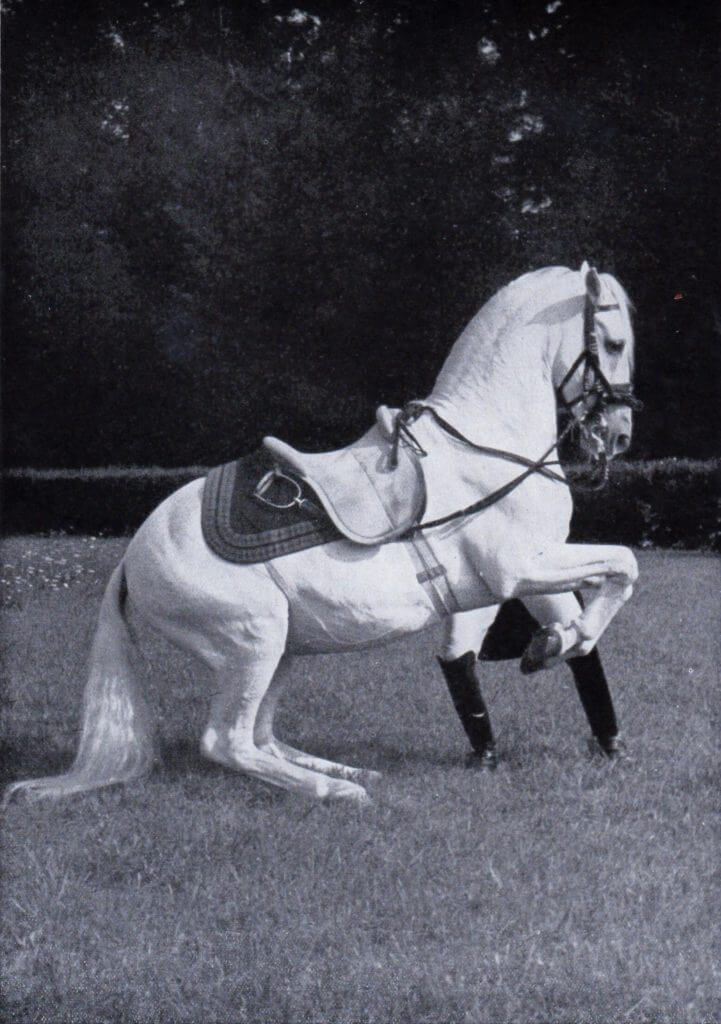
“Doing the Levade, the stallion prances on his quarters with highly bent haunches…Even this exercise he is learning at first without master” (Alois Podhajsky, Die Spanisch Hofreitschule: 1948. Photo Bruno Kerschner).
Fifty years ago, Sylvia Stanier wrote a small classic book on longeing which has been reprinted more times that I can count.
 There are hundreds of examples in many books from many countries. For the sake of this article, I will primarily be referring to the early uses of longeing in the training of the dressage horse.
There are hundreds of examples in many books from many countries. For the sake of this article, I will primarily be referring to the early uses of longeing in the training of the dressage horse.
The equipment for proper longeing, besides a saddle and bridle, will be the padded cavesson, the longe line, whip, side reins, and surcingle over the saddle.

Three year old horse in full longeing equipment.

Virtually the same equipment in use, but now that horse is completely trained to bridle, cavesson is not needed.
Psychological Objectives
In the first three months of training the young horse on the longe line, the trainer and the horse start to get to know each other very well. The trainer has to be constantly observing the young horse – its likes, its dislikes, whether or not it is sound-sensitive, afraid of strange sights, whether it it is bold and fearless, timid and shy, aggressive and dominant, aggressive and insecure, big and clumsy, well balance and athletic, or for instance, whether or not it is going to challenge the trainer’s rank.
Horses have many different personalities; they are very individualistic. The trainer who can get to know what kind of personality they are dealing with before they back the horse will have a huge advantage. Horses are strongly controlled by hormones. I have found, for example, that if mares have a reasonable amount of training before they become completely mature sexually, they rarely are unmanageable during estrus. If they have no early training and start as four-year olds, they can be very difficult. As in humans, if education begins after maturation, it is too late.
Physical Objectives
The primary physical objective will be to prepare the horse to be ridden. This will involve preparing the horse to carry weight on its back and to be guided by the rider’s aids, and to address any conformational faults that might inhibit the process.
In the first days, the focus of our attention will be primarily upon the safety of the horse and rider, which encompasses acclimatization to the equipment and place of work. Soon, it will shift to a more sophisticated analysis. It is very important that we start this work somewhere where there is good footing.
Having broken many young horses with and without a round ring, I can tell you that, especially if you are alone, the whole process will go much more smoothly if you begin (even if only for the first few weeks) in such a ring. It need not and should not be too large. A 15 meter circle is fine. When the young horse can be pushed to follow a round fence, it allows the trainer to be much softer with the longe line. Since it is not needed to hold the horse on the circle, a lot of upsetting tugging on the cavesson is avoided. Furthermore, a round fenced-in ring virtually eliminates the problem of young horses spinning their hindquarters out, to end up stopping facing the trainer, or trying to go in the other direction. Without a round ring this can be a nerve -wracking problem, but if the trainer does not have one, it must be solved by patient readjustment. It must never be addressed by attacking the young horse, compelling it to move out of control.
The horse must first be taught to move forward from the signal of the whip. As soon as this occurs, the side reins have to be attached. Without the restraining aids, the driving aids have no regulation. Any push from behind could be all speed, thrust propelling energy through a stiff back. Without restraining aids, we could not influence the longitudinal balance of the horse, which manifests itself physically in the horse’s profile. A galloping racehorse, for example, has the longest of frames with the greatest weight being borne on the forehand. At the other extreme is a dressage horse in levade, carrying virtually one hundred percent of its weight on the two hind legs. In between are all the variations of balance. We don’t learn this later. We start now.
In the first days it is important to hook up the side reins as soon as is safely possible, first one at a time. The inside rein is hooked up first. It is adjusted long, so there is very little rein pressure, should the horse fight it. Also, a horse who fights the one rein will just turn itself in a circle, rather than running into the chute of two reins (should both be hooked up at first) possibly causing a claustrophobic panic. Longeing the horse free, without side reins, is always risky. The young horse is at the most vulnerable stage, as it is in its weakest physical condition and yet most likely to misbehave with some explosive wrenching bucks or caprioles. The sooner the trainer can get the horse in a round working shape, the better. Once the trainer has the young horse trotting in circles with both side reins connected, it is time to take a well-deserved sigh of relief.
The trainer can now begin to form a strategy which will address faults of conformation or the individual behavior of each horse as it is longeing. Lengthening or shortening the side reins will effect the bulk of these alternations. In some cases, the strategy may be to adjust the size of the circle, making it small for instance, to keep a difficult horse under a little more scrutiny and control. In other cases, it may entail adjusting the tempo: more forward for horses looking for trouble, slower for certain nervous types; more transitions, less transitions, depending on the needs of each horse.
Longitudinal Balance — The Quintessence of Dressage Horsemanship
Once we hook up the side reins to the snaffle bit, and we touch the horse with the long whip and then drive it forward from its signal, we have introduced the horse to the driving and restraining aids. These are the two broad classes of riding aids that will develop and control longitudinal balance. Without some kind of bit, there is no dressage. The horse and rider use the bit as a reference point for propriocentric balancing, in the same way as a person walking through a dark room may need only to touch a chair back or handrail to help them keep their balance. The muscle systems of the body, sensing a static reference point, balance the body over the feet. This is much the same as the way a person would hold on to a train strap for balance – they don’t actually hang onto the strap and pull themselves off the floor and swing like a gibbon. These static points are used as solid references, enabling the body to redistribute weight over the feet in different ways.
However, before the bit can be used as a balancing reference point, the horse has to be trained to touch it and must be comfortable with the feel of it. It cannot hide from it or be afraid of its pressure. It must learn to read any pressure of the bit and right itself. Remember the principle goal here is to teach the horse to respect, not fear, the bit. To learn not to lean on the bit or stiffen the neck keeping the natural weight on the shoulders, but to accept the bit in an uphill frame, so we will be able to teach the horse to use its hind end in the balancing with the bonus of lifting and strengthening the horse’s back to carry the weight of a rider. The neck will be a transmitter for any signals from the mouth to the torso and legs. If the neck is too stiff, the signal can’t get through to the hind legs. If the neck is too weak and disconnected, it can’t help in producing leverage. If the neck kinks the spine, it inhibits transmission of information along the nervous system, and will ultimately injure the body by contorting itself. (For thousands of years, humans have developed systems and practices to align the spine with muscular and psychological exercises. Kundalini yoga, acupuncture, chiropractic and martial arts all understand that injury, genetics, gravity and the like all affect the symmetry of the body, and ultimately health. In the horse as in man, the muscles can be trained to help keep the organs affected by gravity in healthy alignment.)
The old masters were in universal agreement that the dressage horse be ridden in an uphill frame, on the bit. Deliberately putting the horse on the forehand can have some value in stretching the horse, but does nothing to develop the muscles for collection.
The bit itself should fit well. It should not pinch the corners of the mouth, or be so thin that it is uncomfortable. The thick, mild snaffles, well machined of composite metals, that get thinner toward the joint and thicker near the lips of the horse are really beautiful, simple tools. Despite their essential role in balancing, bits cannot balance any horse. They work best when they are simplest and do not distract the horse or the rider from the real work of training the body.

Longeing in the round ring. Note: This horse is fairly advanced and does not need the padded cavesson anymore.
As I said earlier, we want to attach the solid leather side reins from a surcingle (fitted so that it does not wobble) to the bit as quickly as is safely possible. The trainer watches the horse carefully for signs of stress and tightens them in a careful progression until the horse is on the bit. This is a position with the neck arched, the poll near the high point, and the face of the horse approximately perpendicular to the ground. Working for only a few minutes at first, almost every day, the horse gets accustomed to carrying his head in this position. Horses that are ewe-necked, with no muscles at the top of their necks, might be kept a little shorter to encourage cresting, flexing the muscles and strengthening it. Horses that are too cresty might have longer side reins to encourage them to stretch out. Horses that carry their heads too high will have the side reins lower on the longeing surcingle. Horses that carry their heads too low will have the side reins raised. The judicious use of the side reins will help adjust any neck toward an ideal position where it can help the hind end to do more of the balancing. It must be understood that side reins, like postural adjustments in humans, aim for a natural position which maximizes the ability to be in balance. Any horse that has not had a serious injury can be trained to be on the bit, since this position is as natural as two strange horses approaching each other in the field with crested necks. The body is never forced into position, it is shaped over time.
Since almost all horses are already too much on the forehand, the practice of teaching ‘long and low’ first is a mistake. When we are sure the young horse respects the bit and will not use the lowered head and neck as an excuse to misbehave or to really overburden the forehand even more, then we can teach the stretching exercises.
Ideally, in all of this work, we keep the longe line attached the padded longeing cavesson so as not to complicate the lessons of the mouth and bit with steering. However, in some cases, with very strong horses or control problems, the trainer will feel a need to be hooked directly to the bit. Once the horse is trained, there is very little pull on the line and this is not a problem, but done too early there is an obvious risk of creating problems with the mouth.
There are several ways of attaching the longe line without a cavesson, once the horse respects and is comfortable with the bit. Once common method is to thread the line in through the inside bit ring, over the crown piece and down to the other bit ring. A second way is to pass the line through the inside bit ring, under the chin and attach it to the outside bit ring. This is useful for horses that want to pull on the outside or keep lowering their heads. Arrets (arrests) from under the chin will raise the head to a more correct position. A third method is to attach the longe line directly to the inside bit ring, which is a common attachment for in-hand work.
Lateral Balance: Inside Bend – the Unshakeable Principle
Let’s say we have our young horse circling on a 15 meter circle at the trot. The ideal we will be aiming for will be a form where the curve of the horse’s body relatively matches the curve of the circle on the ground. As the Duke Of Newcastle said, ‘always the bend to the inside.’ The horse’s neck will also be curved gently to the inside and the profile shape will be an arch with the poll near the highest point. (Sometimes in a muscular neck, the muscle will be the highest point. One should not confuse this with the spine underneath – we try to approximate a shape we would like to ride.) The spine is extended. The underside of the neck is soft and raised upward from the base of the neck, not braced or puffed out like a pigeon. The neck is arched but not cramped. Free, powerful steps engage the hind legs. When this form is correct it seems harmonious, balanced and easy to achieve. In reality, it is almost never correct in a young horse – especially since our ideal asks for a perfect symmetry when going to the left and the right. ‘I take it to be a great vice when a horse does not go as well to one hand as to the other’ (the Duke of Newcastle, 1658.)
One of the first challenges we encounter when we begin to study this fundamental circular work is that it is full of paradoxes. Since the horse has four legs, if it were traveling on the circle over fresh-raked footing, we would see two concentric sets of tracks – one set left by the two legs on the left side of the horse, and the other left by the two legs on the right side of the horse. If we connected these hoof prints with a line we would see two concentric circles left on the ground. If we looked carefully at the tracks or pattern of the footfalls (let’s say the horse is traveling to the left), they would look symmetrical. The left hind might step exactly on top of the track just imprinted on the ground by the left fore. (Forging happens when these feet do not miss each other) If we went over to the outer set of tracks, we might see the right hind steps exactly on the track just made by the right forefoot. Depending on the horse and the size of the trot, the hind prints might go over or past the prints of the forefeet, or they might step short of the front prints, but it will usually be the same for both sides of the horse. In common dressage terminology, when a horse is moving in this way with its hind feet in line with its forefeet, it is said to be straight. Straight whilst following a circle! This is even more of a paradox than it seems. Although the hoof prints appear symmetrical – the two inside legs doing the exact same thing as the two outside legs – they are not. A careful measurement of the distance between where the left (inside) hind strikes down from one step to the next, and a careful measurement of the distance between where the right (outside) hind strikes from one step to the next, will always show the outside measurement to be larger. To any engineer’s mind, this is rather obvious. Since the horse has four legs, and since the two forelegs and the two hind legs stand apart, then depending on the distance they are apart, the larger circumference of the circle of the outside tracks may add several inches to each stride of the outside legs. This is one of the most important fundamentals in the whole study of dressage. It impacts on almost all riding techniques in a positive or negative way. This observation shows that the horse’s body can lengthen on one side and shorten on the other. In riding, it is this ability to bend that allows the horse to remain perpendicular to the ground when circling. When its mass stays balanced over its feet it is safer to ride because it doesn’t slip. This is especially true if the rider stays balanced above the horse and does not add to the problem by leaning. The horse is more nimble, and can turn more quickly and tightly. (If you drive an automobile in a large harrowed dressage arena and turn a small circle the rear tires cannot follow the front tires. The car, being made of steel, is unbendable and much less maneuverable than a horse.)
For hundreds of years (and to this day), riders have been constantly challenging this principle with experiments in bends to the outside.

Bending to the outside forces the horse out of balance and to lean like a bicycle on the turn, or it forces the hind end to swing out, disengaging the motor.
This has never worked. The principle of inside bend remains unshakeable because of its simple but important physics: it remains one of the cornerstones of classical dressage. Almost all of the classical lateral exercises a rider-trainer uses in practice are aimed at perfecting this ability, and this work begins unmounted on the longe line.
 The principle of inside bend is unshakeable.
The principle of inside bend is unshakeable.
When we start with the young horse, what if it doesn’t track its hind feet in line with the tracks of the forefeet? What if it is not ‘dressage straight’ that is, matching the curve, but is instead ‘ship straight’, metal stiff and swinging its haunches out? Or what if it is cured like a boomerang, constantly carrying its twisted haunches inside? Balance, repeated in so many forms, will be come a dressage trainer’s mantra.
The first balance required is the trainer’s own mental balance. You must understand and get beyond strangling dual effects. You will quickly realize, for example, that although tightening the inside rein may give you more bend, it might also push the haunches out further and make the horse more crooked. You won’t be able to adjust anything without a rippling effect. You will learn to be aware of and to control clusters of effects.
The bulk of the work starting now will be on the torso of the horse, the flexible, multi-dimensional cylinder of its back, sides and stomach. We will often use the neck and the hind legs to get at the torso. Later, once our horse has had more training, when we apply the left leg we will learn to feel the entry go ‘through’ immediately, feeling a response on the right side of this cylinder. The ribs are flexible. We will learn to ride evaluating and responding to all these feelings at once. We will worry most when something goes into that cylinder on one side and does not come out. These are the ghosts of evasion that haunt a dressage rider more than any horror story. Nothing can be addressed on one side only. Many problems will not have a single answer. The sooner the trainer gets more comfortable with thinking this way, the better. This is not easy to do.
When we adjust the side reins for bend, we can usually stand in front of the young horse without the influencing tension on the longe line. We can see the curve of the neck better from that angle. When we are going to the left, we can adjust the side rein until the neck is bent slightly to the left. If we feel uncomfortable because we are shortening and shortening but we still can’t get bend and the overall length of the neck is compressing too much, then we let the outside rein out a little. One must get the submission to get a curve to the inside. Then we must get the same curve to the inside when we go in the opposite direction. Here, the trainer will run into the paradox of symmetry. It is important that the horse has as equal as possible a symmetrical curve to the inside in each direction. This does not mean that the side reins will be adjusted to symmetrical holes, from one side to the other. In fact, there is often quite a disparity from left to right. Usually, the horse is only too happy to bend in one direction and the side reins might only be a hole or two different in length. However, in order to get a symmetrical bend to the other side, there may be many holes difference between the left and right side reins. The reason why the surcingle has multiple rings and the side reins have multiple holes is that every horse is different and even the same horse will move differently from left to right.
 The curve of the horses spine must match the curve of the circle.
The curve of the horses spine must match the curve of the circle.

A common problem – the horse is bending right whilst traveling left. When this occurs, rather than shortening the left rein, you may have to let out the right. This happens constantly in riding: riders shorten on the left to correct the bend (so they now have two short reins) instead of allowing the outside to stretch and lengthen around the outside curve of the neck.
Once the horse has inside bend, we can check the tracking. When adjusting the side reins, always remember to give the horse a few circles to adjust its body. Sometimes, horses start out stiff in exactly the same position they were in previously, but then they feel the change and allow their bodies to fall into the correction. Let us suppose that both the horse’s hind tracks are off to the outside of the front tracks. The trainer has to be flexible and creative. It is possible that there is still not enough bend to the inside and the horse is too straight through the body. It is traveling ‘ship straight.’ Therefore, it needs more bend. However, it is also possible that the inside rein is too tight and the horse has too much bend and the haunches are being forced out in a kind of leg-yielding position. The correction could be as simple as letting the outside rein out a little, or it might mean tightening the outside more to restrict bend, but also keeping the submission inside.
The young horse on the circle might be tracking fine on the outside legs, but consistently moving in the inside hind leg over to the outside of its fore partner, resembling a mock shoulder-in. What is usually happening here is that the horse is dropping its inside hip. Instead of moving square with its hips to the ground, which would demand good flexion of the inside (left) hind leg, the horse tips its pelvis. The inside hind leg swings over lazily, moving like a person with a cast on their knee. The outside (right) hip sways to the right and the whole pelvis buckles. You can try this yourself. Stand up. Swing your left leg over in front of your right leg; keeping your hips very relaxed. Feel your left hip drop as it follows your left leg down and over. Feel your right hip push over to the right. Now do it again, and this time keep your right hip firm. See how you will have to balance on that leg and how it will keep the whole pelvis from collapsing. The pelvis stays level until the inside leg finishes its track and hits the ground. Both legs are now in a scissor of support. In the first case, your hips collapse as the leg moves under the center of gravity. It keeps you in balance without the expenditure of energy involved in raising and moving your center of gravity. In the second case, in order to stay in balance with straight hips, the center of gravity must be lifted and balanced over the right (stance) leg. Instead of trying not to disturb the center of gravity, or a center of balance, the second way of moving becomes a practice or an exercise in deliberately adjusting balance, and building strength and dexterity in the muscles by doing so.
Usually with the horse that drops the hip to the left, for example, we add impulsion to compel that leg to do more work. If the leg continues to ‘cheat’, turn in the other direction, put that leg on the outside, making it drive the turn and work on it more until the action becomes more symmetrical.
 When the horse is bent correctly to the inside it is ‘dressage straight;’ this bend allows the outside to extend correctly and the horse leaves two distinct sets of tracks.
When the horse is bent correctly to the inside it is ‘dressage straight;’ this bend allows the outside to extend correctly and the horse leaves two distinct sets of tracks.
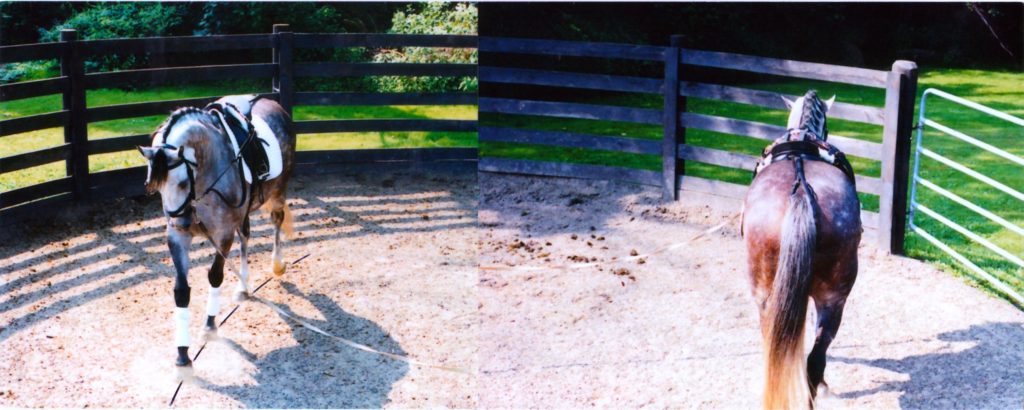
When the horse does not extend on the outside or bend on the inside, it is forced to lean like a bicycle, moving here on one track. The horse is beyond ‘ship straight’ – it is actually bent to the outside. The result can be seen in the tracking and balance.
It is impossible to cover every kind of problem or question that will occur in longeing. Even if it were possible, one probably shouldn’t do it. Each of us has to learn for ourselves. It is not a matter of successive reinventions of the wheel. What we are trying to do is set up a system for approaching questions and problems – a way to think. That is precisely what the classical approach is all about – learning how to think.
After several months of this kind of preparation, the young horse or remedial horse will be in a much better position to be ridden. The longeing may continue to augment challenges in the riding. And, it will have formed the basis for all the later advanced work in-hand.
For centuries, longeing in side reins has been a critical component of the classical system of training a dressage horse. It is one of the safest and most ethical preparations to ride. Then, as a proof of its fundamental soundness, this versatile tool evolves to be the underpinning for the most advanced work a dressage horse can do.

Paul Belasik has done more than any other writer in the English language to open the minds of dressage riders everywhere, to the tradition in which they ride and train, and more than that, brings a modern sensibility to critique even the great masters and to apply elements of zen and martial arts philosophy to riding. His journey has so far produced seven books:
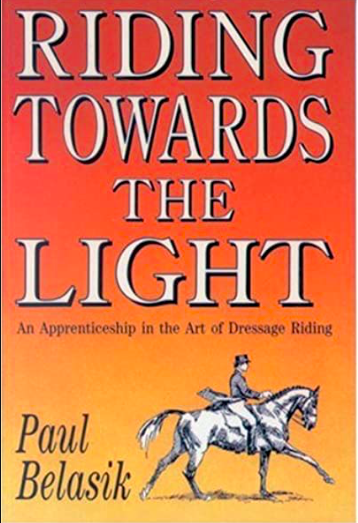
- Riding towards the light: an apprenticeship in the art of dressage riding: J.A. Allen (1990)
- Exploring dressage technique: journeys into the art of classical riding: J.A. Allen (1994)
- The songs of horses: Seven stories for riding teachers and students: J.A. Allen (1999)
- The Essential Paul Belasik: Trafalgar Square (2001) (compilation volume of Riding Towards the Light, Exploring Dressage Technique, and The Songs of Horses)
- Dressage for the 21st century: Trafalgar Square (2002)
- A search for collection: science and art in riding: J. A. Allen (2009)
- Dressage for No Country (2019)
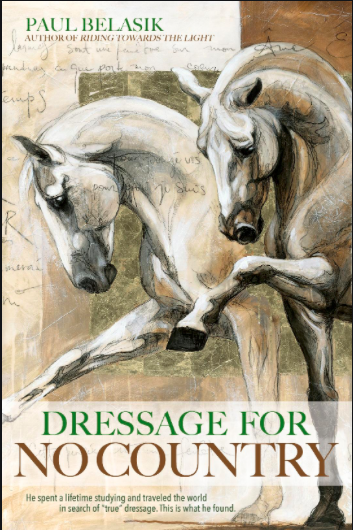
You can find Paul’s books at Xenophon Press
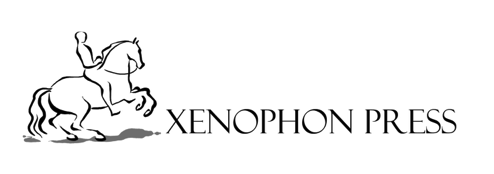
https://xenophonpress.com/search?q=belasik

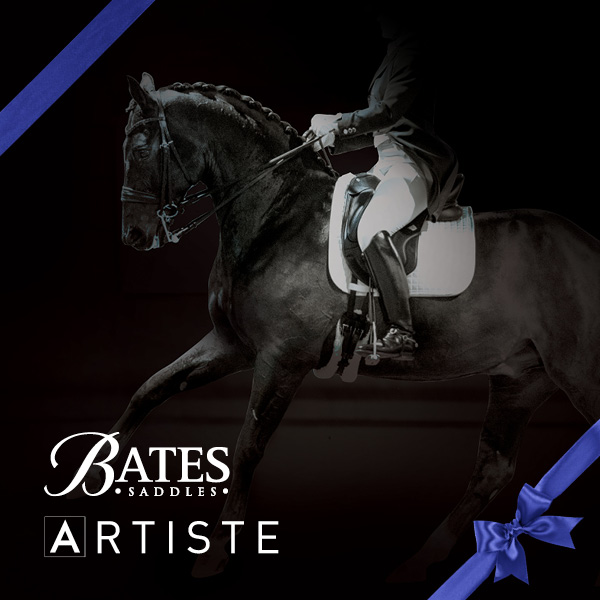
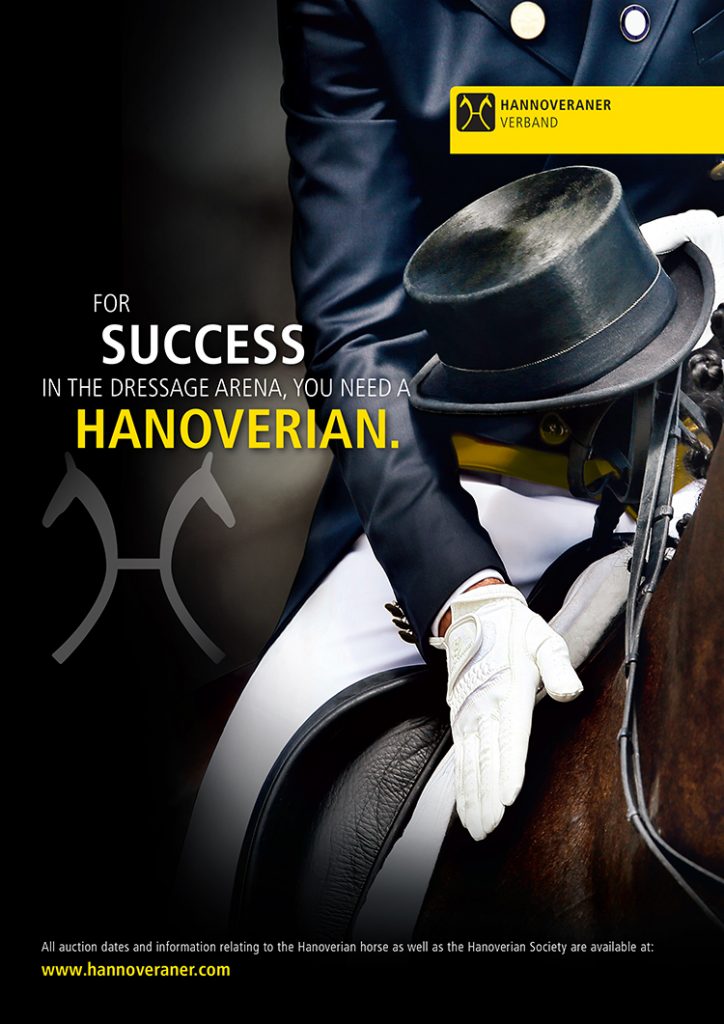
Beautiful article. Thank you for a little more insight.
Still cannot find good quality leather longe equipment in Australia & UK
I’m not fond of the prologue at all, it also begs the question whether we haven’t learnt anything new in 500years. Traditional thinking starts with a fixed solution to a problem, exploring the problem using tradition as a departing point I feel is a better way forward. But primarily i feel it’s dangerous to worship the tools based on who has used them five hundreds of years ago……..this prologue just invites rebellion of free thinkers.
If we were to follow classical principles we would all end up levading and caprioling in dressage Grand prix instead of piaffing, (granted very few horses can piaffe very well) we don’t and I don’t feel we ever should be. To feel safe a horse needs a way out, this is the corner stone of it’s very being as a prey animal, we should always allow that because it also fosters forwardness.
There is certainly a degree of force in classical training for example which I think is no longer relevant to creating relaxed expressive movement in the dressage arena today. To date free thinking has produced some of the best dressage horses we’ve ever seen in any arena.